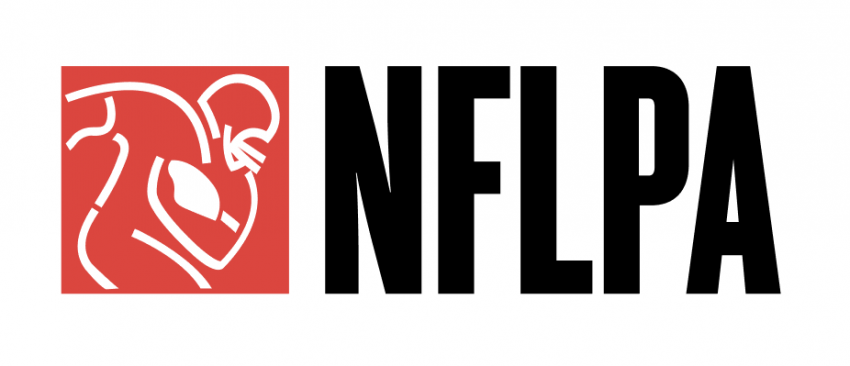The NFL has filed a formal grievance against the NFL Players Association (NFLPA), arguing that the union’s increasingly influential annual team report cards violate the league’s collective bargaining agreement (CBA). The report cards, which grade franchises on workplace conditions, facilities, staff support, and family services, have become a widely discussed tool among players, fans, and team executives — and now sit at the center of a major labor dispute.
Here’s what’s happening, why it matters, and how it could impact future CBA negotiations.
Why the NFL Is Challenging the Report Cards
According to documents obtained by ESPN, the NFL claims the NFLPA’s report cards break a clause in the CBA requiring both sides to “use reasonable efforts to curtail public comments” criticizing teams, coaches, or club operations. The league argues that publishing grades from A to F publicly shames organizations and violates that provision.
The NFL also says the report cards interfere with the official league-union joint survey — conducted every three years — meant to evaluate player care and related workplace topics. A survey vendor reportedly told the league that the union’s public report card process “adversely affected the reliability” of the joint survey.
The last version of that joint survey was conducted in 2015.
NFLPA Pushes Back and Plans to Continue the Survey
The NFLPA has already notified players of the grievance but told them it will “move ahead with this year’s survey.” In a message to players, the union framed the report cards as a powerful tool that:
- Raises workplace standards across the league
- Helps players make informed free-agency and career decisions
- Highlights direct improvements made by teams year over year
Data shared by the union shows measurable changes tied to the survey’s findings — including nine teams improving two or more grades in family services and 12 teams improving multiple grades in travel accommodations.
The union says it intends to fight the grievance and defend the report cards’ role in increasing transparency inside the league.
Owners Are Split on the Report Cards
The topic reportedly came up during a recent owners meeting as teams look ahead to future CBA negotiations. Some executives say the survey could be useful if the NFLPA provided more detailed feedback rather than broad letter grades.
One team executive told ESPN:
“It could make you better, but they don’t share how. They just take snippets to embarrass people without sharing the data.”
Other owners argue that the survey is only disliked by franchises receiving bottom-tier grades. As one owner told ESPN:
“The only owners who don’t care for the report cards are the ones who get the subpar grades.”
Owners who publicly received poor scores — including the Jets’ Woody Johnson, Steelers’ Art Rooney, Patriots’ Robert Kraft, Cardinals’ Michael Bidwill and Panthers’ David Tepper — have criticized the methodology. Johnson called it “totally bogus” and suggested that the union didn’t follow proper CBA protocols.
What Happens Next
The NFL is pushing for the grievance to be heard by an arbitrator in December, with hopes of a ruling by February 2026. If the league wins, the NFLPA could be forced to halt its report cards or revise how they are published.
Until then, the union plans to proceed, and players are expected to participate — 1,695 responded in the most recent survey.
Top-performing organizations in the latest report cards included:
- Minnesota Vikings (A+)
- Miami Dolphins (A+)
- Atlanta Falcons (A+)
These clubs earned praise for strong family services, player treatment, and overall workplace environment.
Why This Matters for Fans and Players
The dispute highlights a growing tension between transparency and control within NFL labor relations. For players, the survey has become a crucial resource in free agency and an accountability tool for improving daily working conditions.
For teams, the public nature of the grades can be embarrassing, particularly for organizations graded poorly.
For fans, the report cards have opened a rare window into the hidden side of NFL operations — showing how differently teams invest in player support.


